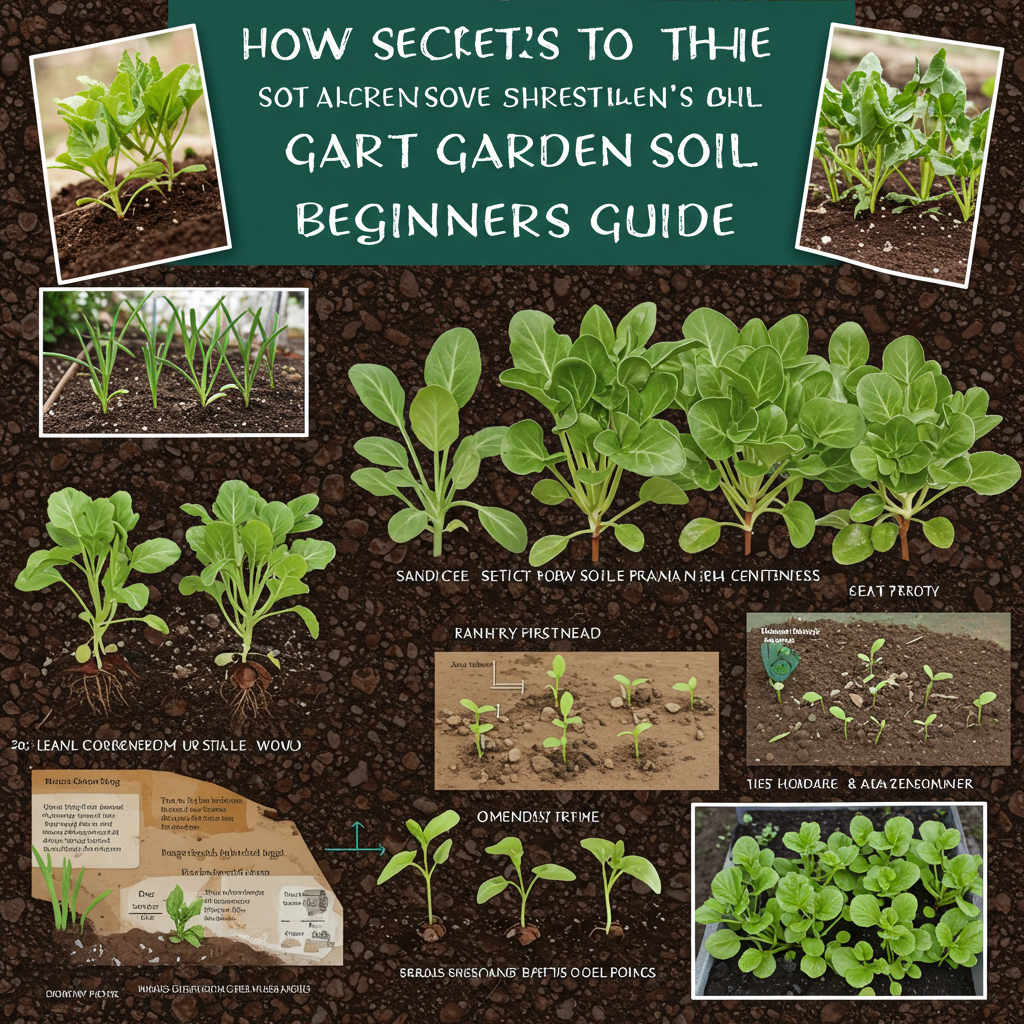Starting a garden is an exciting adventure, but often, new gardeners overlook the most crucial ingredient for success: the soil. You might think all dirt is the same, but for a truly flourishing garden, understanding and improving your soil is key. What is the best garden soil? It’s not a one-size-fits-all answer, but rather about creating an environment where your plants can easily access nutrients, water, and air. This guide will help you understand the basics of creating healthy soil, ensuring your plants have the perfect foundation to thrive.
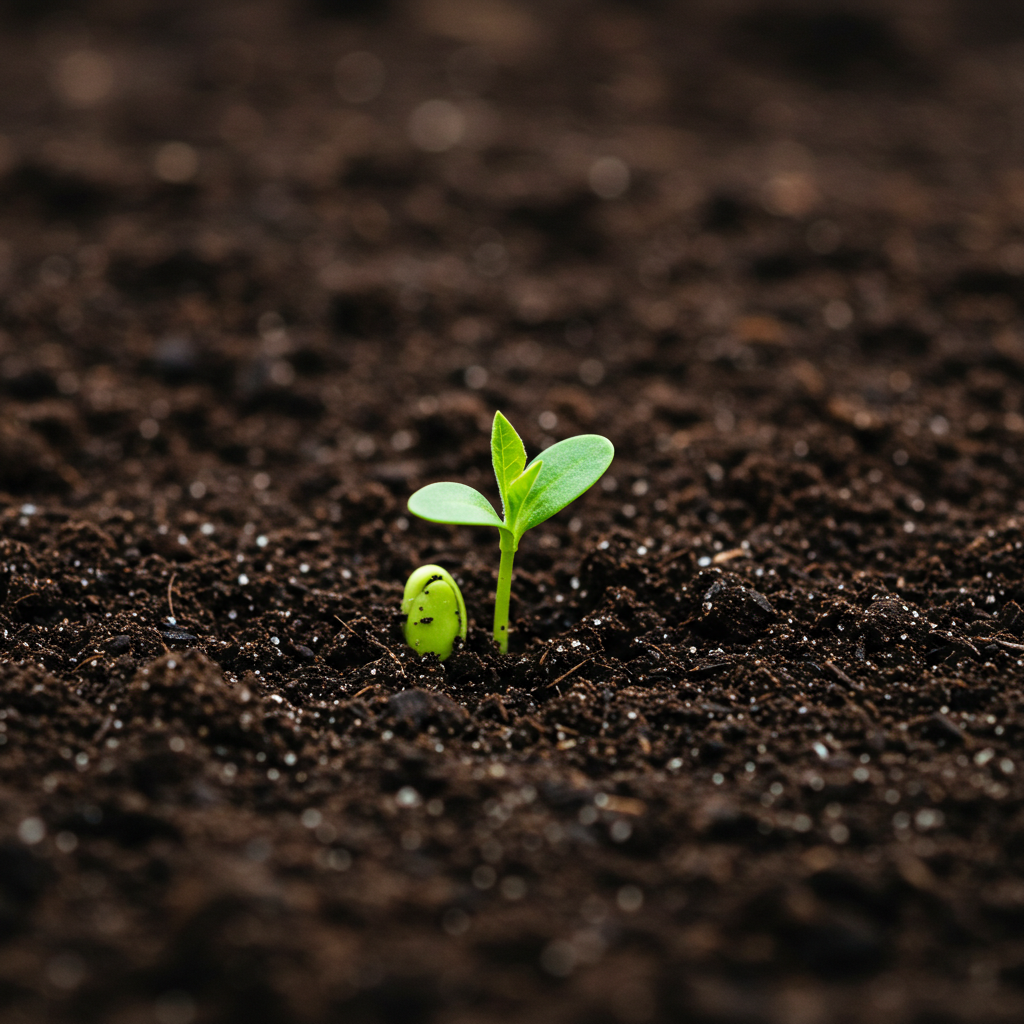
Understanding Your Garden’s Foundation: What is Garden Soil?
Before we dive into improving your soil, let’s understand what makes up healthy garden soil. It’s much more than just dirt; it’s a dynamic ecosystem! Healthy garden soil composition typically includes:
- Minerals: Tiny rock particles (sand, silt, clay) that provide essential nutrients.
- Organic Matter: Decomposing plant and animal material (compost, leaves, manure) that enriches the soil, improves structure, and holds moisture.
- Water: Essential for plant hydration and transporting nutrients.
- Air: Crucial for root respiration and the health of beneficial soil organisms.
The presence of organic matter in garden soil is particularly vital. It acts like a sponge, holding moisture and nutrients, and provides food for the countless microorganisms that keep your soil alive and healthy.
It’s also important to note the difference between `potting mix vs garden soil`. Potting mix is a sterile, soilless medium designed for containers, offering excellent drainage and aeration. Garden soil, on the other hand, is heavier, contains minerals, and is meant for in-ground planting.

Types of Garden Soil and Their Characteristics
Your garden’s native soil is likely one of a few main types, each with its own characteristics and challenges. Understanding these types of garden soil is the first step in knowing how to improve it.
Sandy Soil
Sandy soil feels gritty. It drains very quickly, which means it warms up fast in spring but struggles to hold onto water and nutrients. While easy to work with, plants in sandy soil often need more frequent watering and nutrient replenishment.
Clay Soil
Clay soil feels smooth and sticky when wet, and often clumps together. It holds water and nutrients very well but drains slowly, compacts easily, and can become waterlogged, suffocating plant roots. It’s heavy and difficult to work when wet or dry.
Silt Soil
Silt soil is finer than sand but coarser than clay, feeling smooth and somewhat powdery. It holds moisture well and is generally fertile, but can also compact.
Loamy Soil
Often considered the ideal, loamy soil is a balanced mix of sand, silt, and clay, with a good amount of organic matter. It feels rich, crumbles easily, holds moisture and nutrients, yet drains well and is easy to work. The loamy soil benefits include excellent aeration and nutrient availability, making it perfect for most plants.
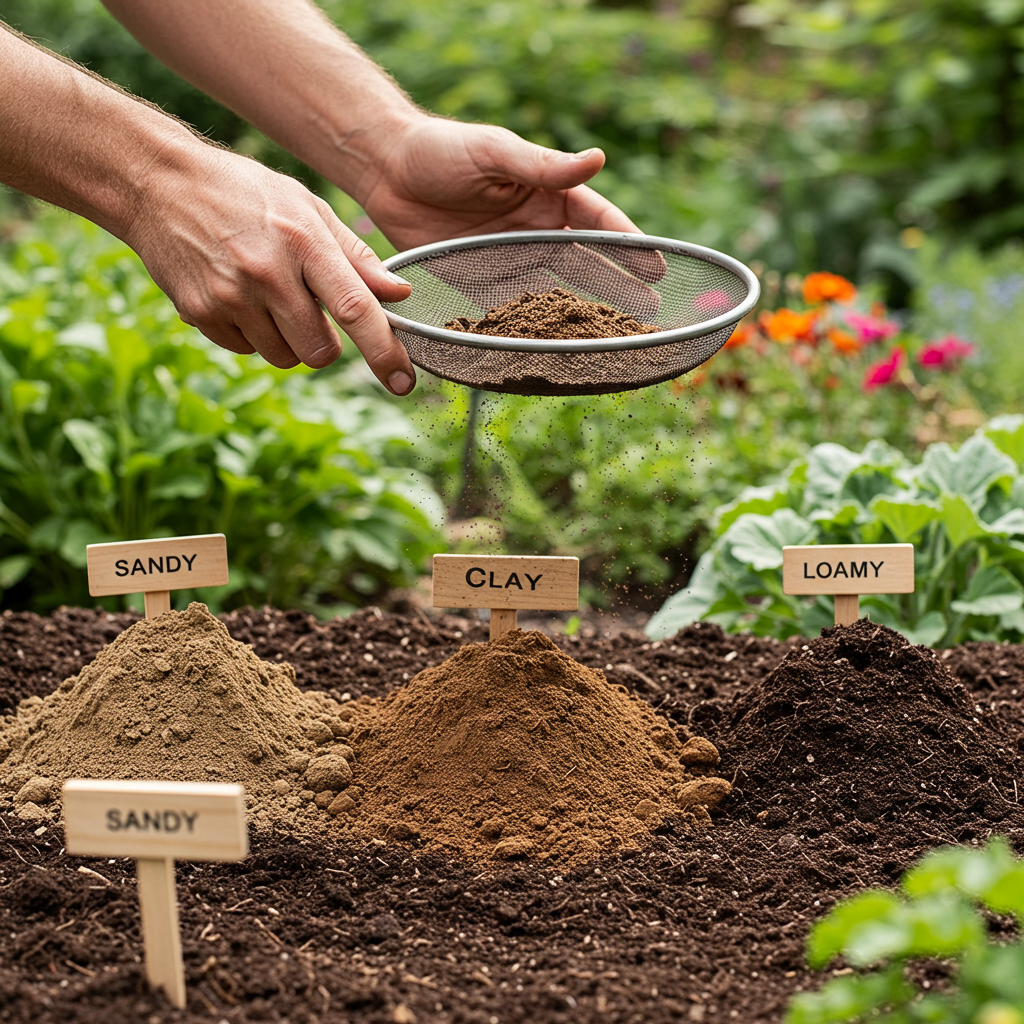
How to Improve Garden Soil for Optimal Growth
The good news is that you can significantly improve almost any soil type. The secret to how to improve garden soil lies primarily in adding the right soil amendments for healthy plants.
The Magic of Organic Matter
The single best thing you can do for your soil is to incorporate organic matter in garden soil. This can include:
- Compost: Decomposed kitchen scraps and yard waste, a superfood for soil.
- Well-rotted Manure: Provides nutrients and improves soil structure.
- Leaf Mold: Decomposed leaves, excellent for improving soil structure and water retention.
- Cover Crops: Plants grown specifically to be tilled back into the soil, adding organic matter and nutrients.
Organic matter improves drainage in clay soil, increases water retention in sandy soil, and provides a slow release of nutrients for all soil types.
Addressing Specific Soil Types
- Sandy soil improvement: Focus on adding large quantities of organic matter to increase its ability to hold water and nutrients.
- Clay soil amendment: Again, organic matter is your best friend. It creates larger pore spaces, improving drainage and aeration. Gypsum can also be used in some cases to help break up clay, but organic matter is generally more effective and beneficial long-term.
Balancing pH for Healthy Plants
Soil pH for optimal growth is crucial. pH measures how acidic or alkaline your soil is (on a scale of 0-14, with 7 being neutral). Most garden plants prefer a slightly acidic to neutral pH (6.0-7.0). If your soil is too acidic or alkaline, plants can’t absorb nutrients properly, even if those nutrients are present. Soil testing (discussed next) will tell you your pH, and then you can adjust it: add lime to raise pH (make it less acidic) or sulfur to lower pH (make it less alkaline).

The Role of Nutrients: Creating Nutrient-Rich Garden Soil
Plants need a variety of nutrients to grow strong and healthy. The most important are nitrogen (N), phosphorus (P), and potassium (K), often called macronutrients. Micronutrients, like iron and zinc, are needed in smaller amounts.
To ensure nutrient rich garden soil, focus on organic amendments. As organic matter breaks down, it slowly releases these essential nutrients in a form that plants can readily use. This provides a steady supply of food, unlike synthetic fertilizers which can lead to quick growth spurts followed by depletion.
If your soil test indicates specific deficiencies, you can supplement with organic fertilizers. Always follow package directions to avoid over-fertilization, which can harm plants and the environment.
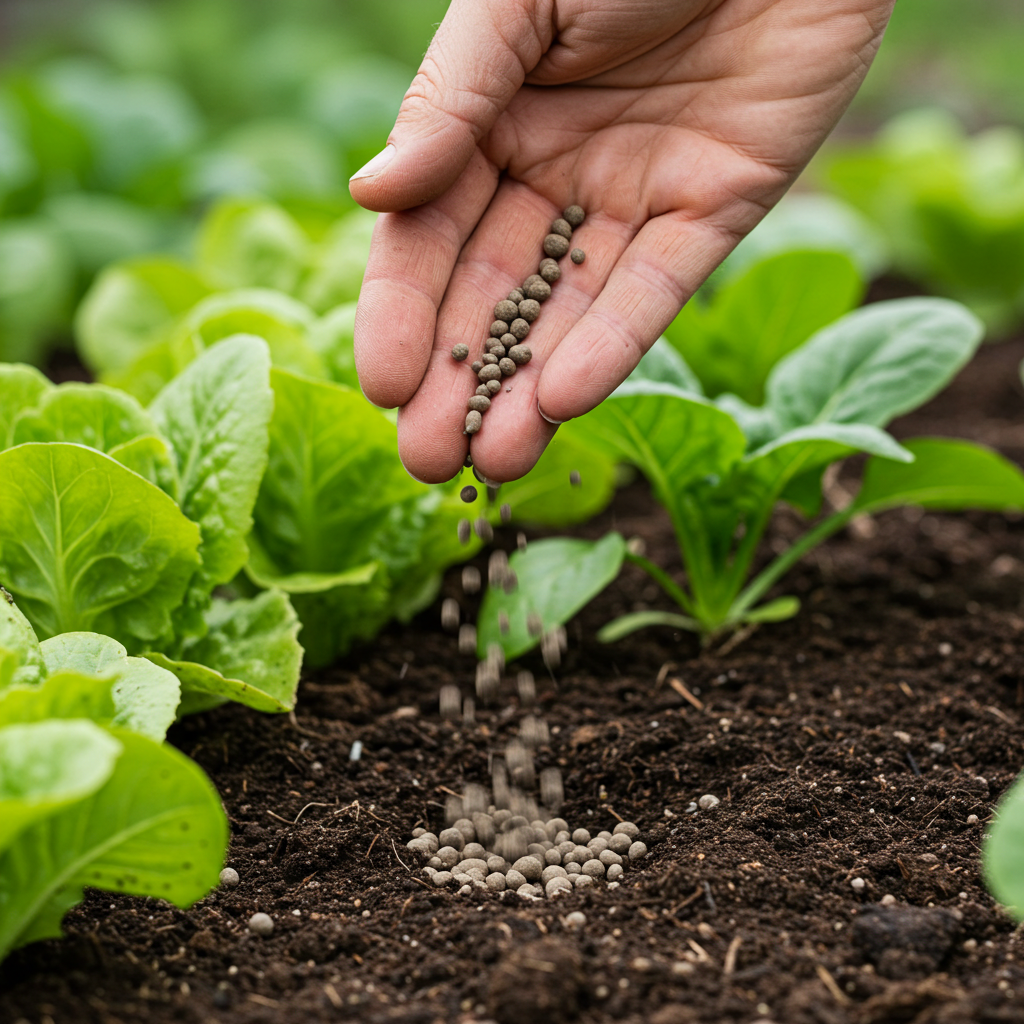
Why Soil Testing is Important for Gardeners
Guessing what your soil needs is like driving blindfolded. This is where soil testing importance comes in. A soil test provides a detailed report on your soil’s current condition, including:
- pH Level: Tells you if your soil is acidic, neutral, or alkaline.
- Nutrient Levels: Indicates deficiencies or excesses of essential plant nutrients.
- Organic Matter Content: Gives you a baseline for improvement.
You can purchase DIY soil testing kits at garden centers, but for the most accurate and comprehensive results, consider sending a sample to your local agricultural extension office or a private lab. They’ll provide specific recommendations tailored to your results, helping you make informed decisions about creating healthy soil.
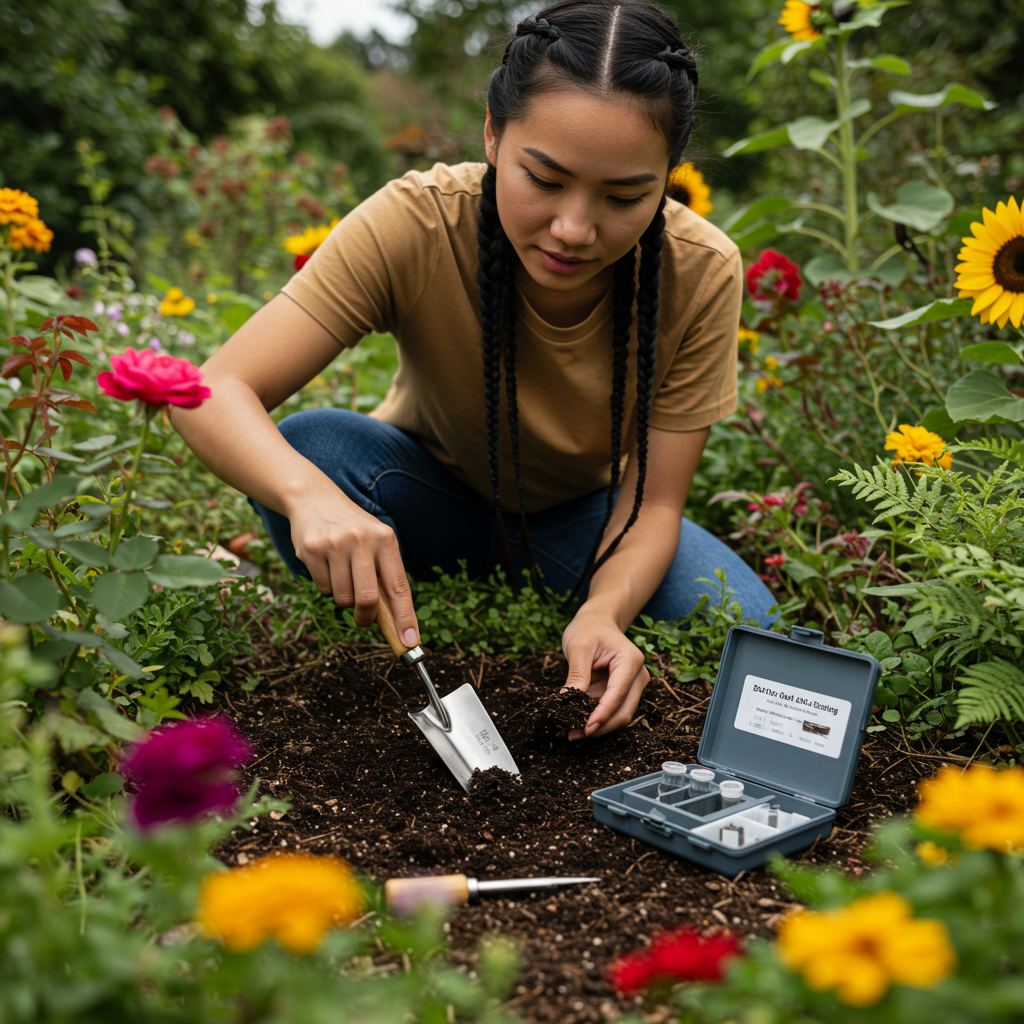
Building the Best Garden Soil for a Vegetable Garden
For those dreaming of a bountiful harvest, creating the best soil for vegetable garden is paramount. Vegetables are often heavy feeders and require consistently rich, well-draining soil.
- Depth Matters: Aim for at least 12-18 inches of rich, loose soil for most vegetables, allowing roots to grow deep.
- Continuous Organic Matter: Regularly add compost or other organic amendments. This not only feeds your plants but also improves soil structure and beneficial microbial activity.
- Good Drainage: Vegetables hate
wet feet.
- Ensure your soil drains well to prevent root rot.
- Crop Rotation: Practice rotating your crops each season. This helps prevent nutrient depletion in specific areas and reduces pest and disease build-up.
Remember, a thriving vegetable garden starts from the ground up. Invest in your soil, and it will pay you back with delicious produce!
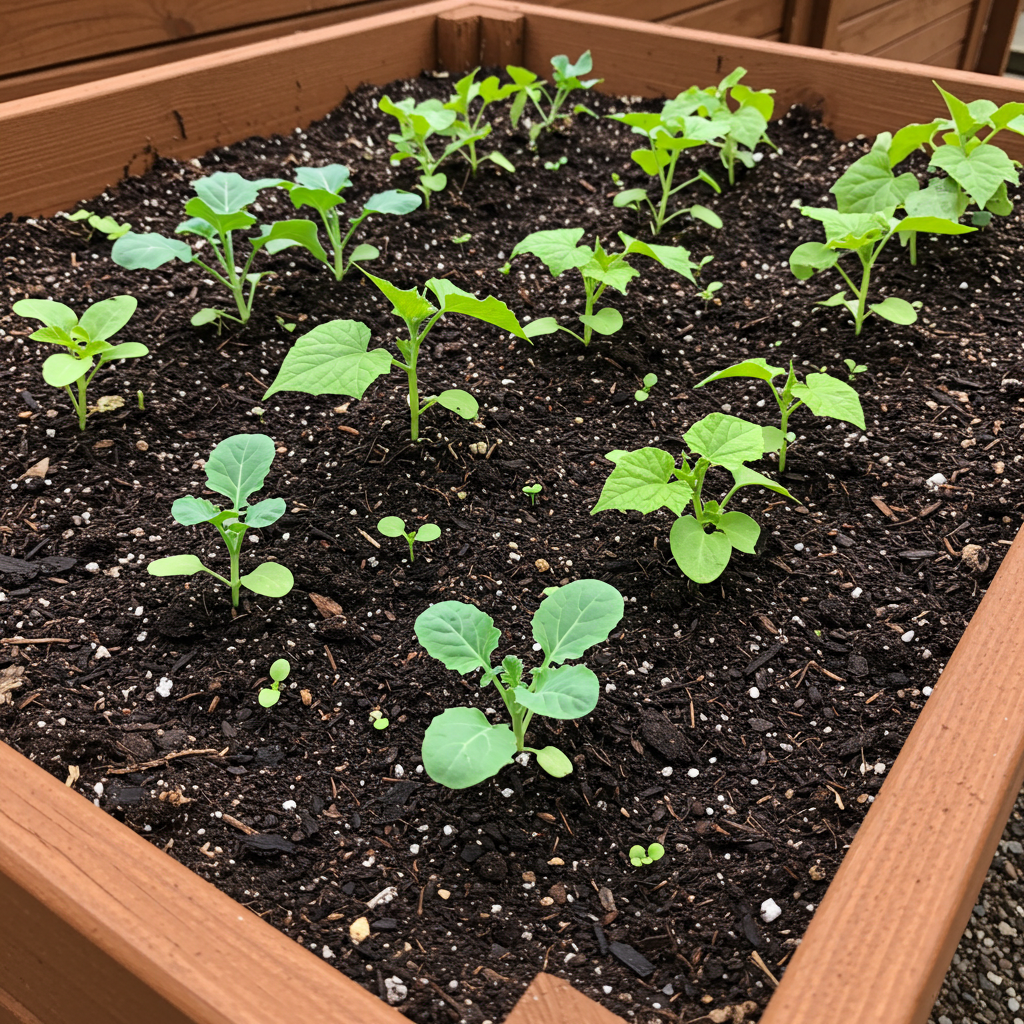
Conclusion: Cultivating Healthy Soil for Beginners
While there’s no single
magic
formula for the best garden soil, the principles of creating healthy soil are universal: understand your soil, add ample organic matter, and maintain the right pH. This journey of soil health for beginners is about observation, learning, and consistent care. By focusing on building a vibrant, living soil, you’ll provide your plants with the strong foundation they need to flourish, leading to a truly rewarding gardening experience for years to come. Happy gardening!
Frequently Asked Questions
What is the single best thing I can do for my garden soil?
The single best thing you can do for your garden soil is to regularly add organic matter, such as compost, well-rotted manure, or leaf mold. It improves soil structure, water retention, drainage, and provides a slow release of nutrients.
How often should I test my soil?
It’s generally recommended to test your garden soil every 2-3 years. However, if you notice plant health issues, are making significant changes to your garden, or are starting a new garden bed, testing more frequently (e.g., annually) can be beneficial.
What’s the difference between garden soil and potting mix?
Garden soil is the natural soil found in your yard, composed of minerals, organic matter, water, and air, designed for in-ground planting. Potting mix is a lightweight, soilless blend of materials like peat moss, coir, and perlite, specifically formulated for containers to provide excellent drainage and aeration while being free of soil-borne pests and diseases.
Can I use topsoil from my yard as garden soil?
While you can use topsoil from your yard as a base, it’s often not ideal for gardening on its own. It typically benefits from significant amendments, especially the addition of organic matter, to improve its structure, nutrient content, and overall fertility for healthy plant growth. A soil test can help determine what amendments are needed.
